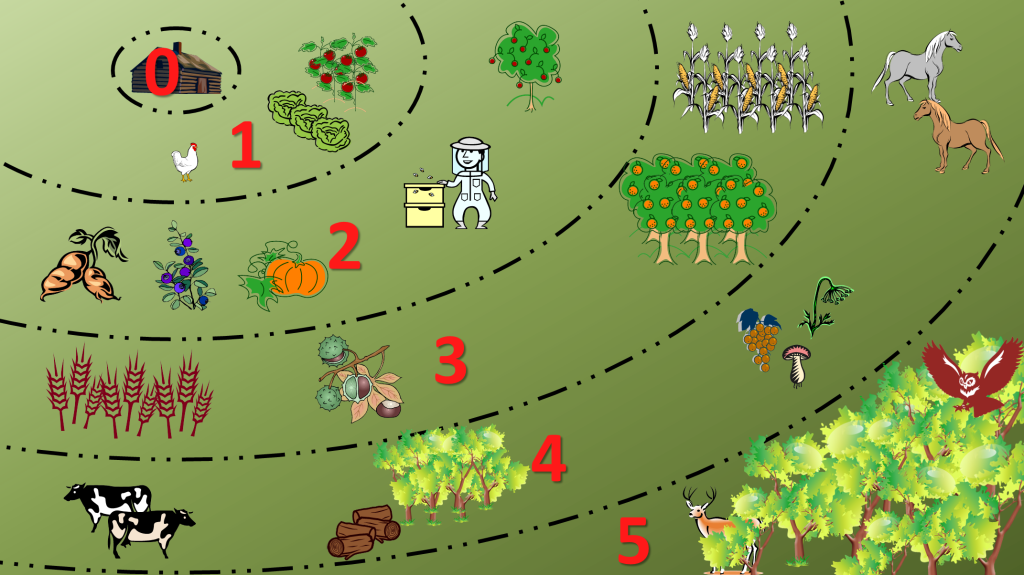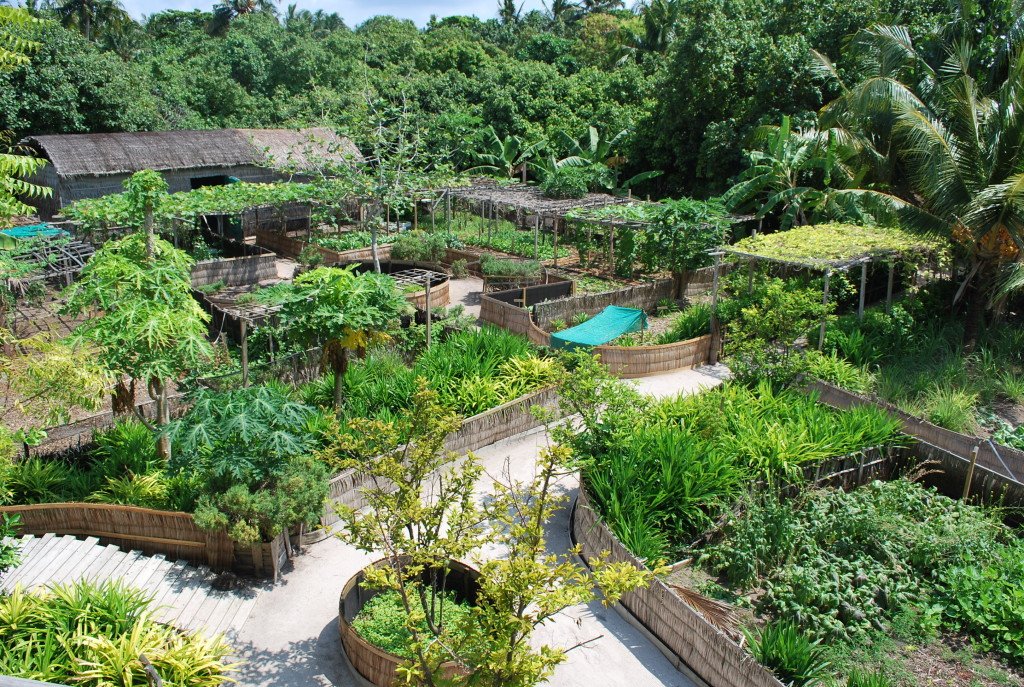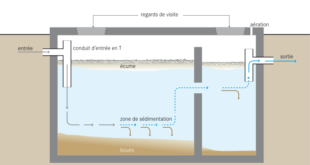There isn’t quite a definition for permaculture but you can see it as a design discipline based on the foundational ecological principles of nature. It is a system of ethics and ecological principles that, if thoughtfully pursued, leads to a regenerative living system that supports the environment. It includes growing your own food and creating a life-affirming conditions for other living beings instead of relying on commercial food supply. There is no GMO!
Permaculture includes: recycling, building houses from natural materials such as ground (cal) straw bales for high isolation, wood and stones; It teaches us how to use rain water in deserts for long terms; how to create abundant gardens by using the land and the other resources rationally; combining plants for further protection from insects and plant diseases; how to include animals by building timely and creative relationships between domestic/wild animals and food plants, much of the work of producing food can be accomplished through good permaculture design. Permaculture develops ethical economies and communities and so on.
The best thing is that you are free to use your imagination and be creative with nature, only with the basic knowledge of combining the resources. Experimenting in this discipline can’t be harmful it can only bring you new experiences and they don’t cast catastrophes and pollution.
 World inside pictures Collect and share the best ideas that make our life easier
World inside pictures Collect and share the best ideas that make our life easier



















